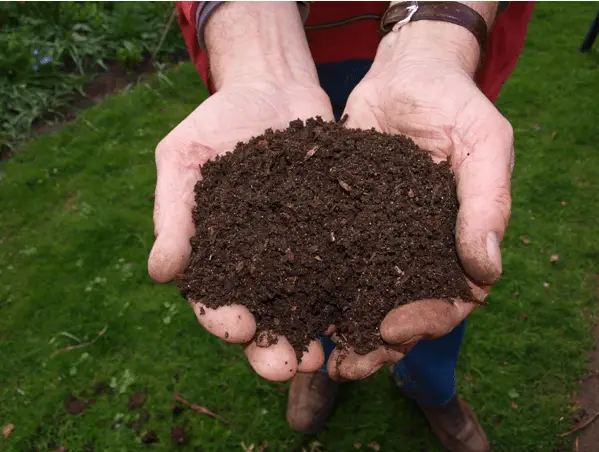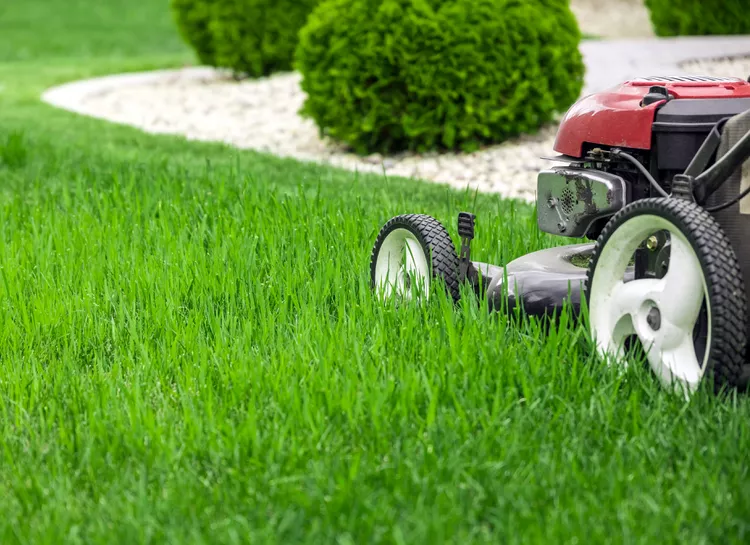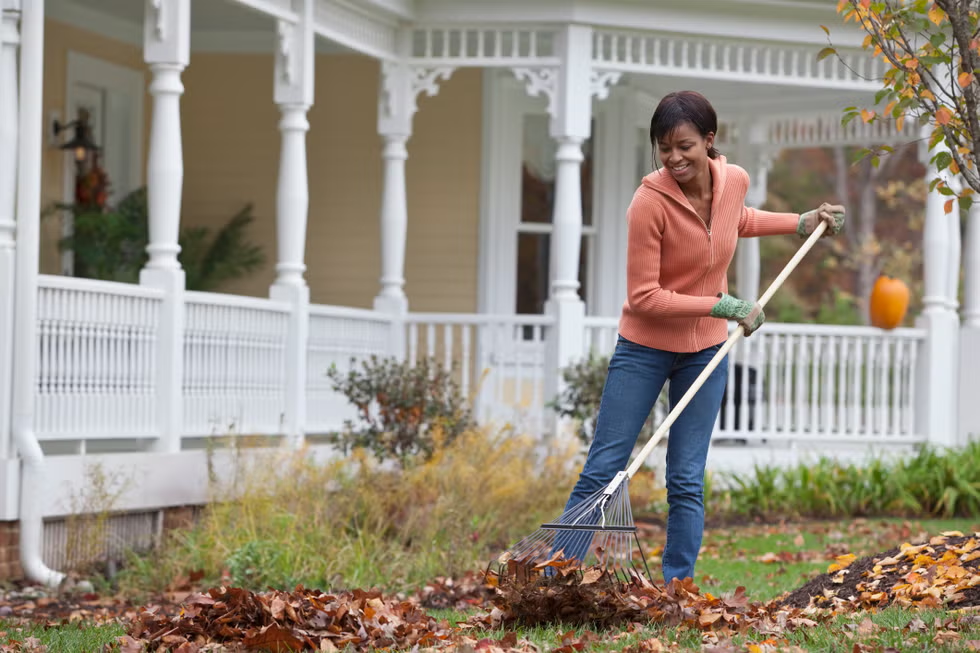How to Rejuvenate Lawn in Spring
Last Updated on March 16, 2025 by Duncan
It’s time to put away the snow shovel and look forward to more green times now that winter is almost over. As a responsible homeowner, you want your lawn to look its best, right? And it’s possible. To help you out, here is how to rejuvenate your lawn in spring:
Clean the mess
You need to rake your lawn as soon as the lawn is completely dry. And for a great experience, undertake a good, deep raking. Raking cleans the lawn of winter debris, such as leaves, branches, and dog waste, and stimulates it.
You’ll fluff up matted or snow mold patches, allowing air in. You will also be scraping up some of the thatch (the undecomposed layer of grass), which is beneficial. Too much thatch can obstruct sunlight, air, and water while harboring insects and diseases.
What is thatch?
Thatch is a layer of dead turfgrass from the previous year. If this layer becomes too thick (1/2 inch or more), it harms the health of your grass, whereas a thin coating naturally protects the soil by retaining moisture and nutrients.
You should use a flexible leaf rake to break up the deep thatch gently. If you find a lot of grass blades sticking together, a lawn disease known as snow mold may have taken over. Find out ways to get rid of the disease.
Control crabgrass
Crabgrass is an annual plant that goes to seed late in the summer and then dies off, so you might remember having it last year but not seeing it now. When the seeds fall to the ground in the spring, they will sprout and produce a new crop this season if there is any bare ground.
Applying a pre-emergent crabgrass control before the temperature reaches 65 °F is the sole way to stop its germination. Alternately, wait till the crabgrass has appeared and remove it by hand.
You should note that pre-emergent controllers will prevent the germination of any seed, including grass seed. And you won’t be able to seed any grass until the fall if you use a control in the spring.
So you should take your time and determine whether applying the crabgrass control works in your favor or you should wait.
Attack the weeds
If you want to eliminate dandelions and other broadleaf weeds in your lawn, target them in mid to late spring. If your grass has a modest number of weeds, you can pluck them by hand or spray them in spots. If your grass is heavily weeded, you can either spread spray it or use a weed and feed solution.
Fertilize your lawn
As much as you should fertilize your lawn, you shouldn’t apply the fertilizer too soon. This is because in early spring, the grass plant focuses its efforts on root formation. Fertilizing with a high nitrogen content at this early stage will direct its energy from root to leaf growth. This results in a weaker lawn heading into the summer.
Instead, use a fertilizer/seed/peat combo product with a lower nitrogen content. This provides an early, moderate fertilizer boost while spreading seed over your lawn. Once the grass has grown and you have cut it several times, you can apply basic lawn fertilizer.
Note: If you live on the East Coast, you should add lime to your soil anytime throughout the spring. Fertilizing three or four times every season will result in a lush, healthy-looking lawn that will eventually choke out weeds without the need for herbicides.
Water the grass
Your grass should water 1 to 1 1/2 inches of water every week during the spring. Water twice a week, and occasionally three, when summer temperatures climb. It’s also wise to add an extra half inch of water to compensate for the increased heat.
You should note that you won’t need to water your lawn in the spring, though, if you live in an area with many spring showers. But you’ll have to water your lawn as the days get hotter and sunnier.
Patch any areas
It’s normal to find portions of your lawn that have succumbed to some sort of winter kill, snow removal damage, pet spots, or just bare places you neglected to repair last fall.
If this is the case, Spring is an excellent time to patch the lawn with soil and seed or a pre-mixed lawn patch repair solution.
Get your mowing equipment ready.
Get your equipment ready. Bring your lawn mower and trimmer for service early, before the rush. If you plan to perform the maintenance yourself, consult the maintenance handbook.
Sharpening the lawnmower blades is necessary for everyone who uses gas, electric, manual push mowers, and riding mowers.
Sharp mower blades cut cleanly. However, dull lawn mower blades simply shred the tops of the grass, browning your grass blade tips after a few days, and as a consequence, give your lawn a brown appearance. And you don’t want this, do you?
For a great look, you must sharpen the mower blades to ensure they don’t tear or damage your lawn grass.
Parting shot
These are some of the things you should do to rejuvenate your lawn in spring. You can do most of the tasks yourself, but if you don’t have the time, let a professional help you.
As you rejuvenate your lawn, you should note that it does more than just look good: it sequesters carbon, filters pollutants from rainwater, eats CO2, and provides new oxygen to the atmosphere.
Grass is comfortable to walk on barefoot and is cooler than asphalt. It’s not just a green patch. It has plenty of benefits, and you must ensure it looks the best.


